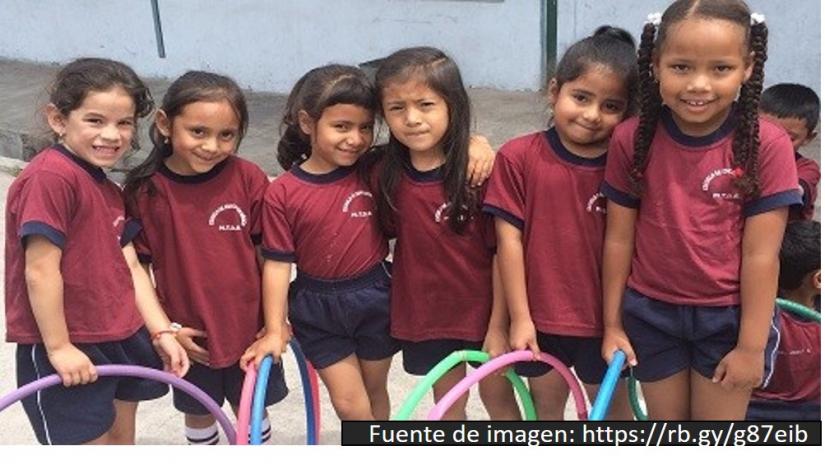Cerrando Brechas (Closing Gaps)
We know that teachers are the pillar of educational systems. Good teachers can make the difference in the learning and lives of their students. But what is the most appropriate way to measure the effectiveness of teaching? Although this measurement generally takes into account the experience of the teacher and the nature of the contracts, interactions in the classroom can be much more important in determining the success of the students. Cerrando Brechas is a study that sorts out the difficulties associated with identifying the impact of interactions in the classroom on child learning through the use of comprehensive and innovative methodologies. In addition, this project is innovative because it has followed the children from the original cohort for up to four years, allowing for a long-term evaluation of the effect of good teachers over time.
Problematic
The interactions between children and their teacher are a fundamental component of quality education and one of the most important predictors of the cognitive development of students. However, educational quality is commonly measured by indicators that focus on structural and organizational aspects of classes and the résumés of teachers as predictors of their effectiveness. This method of measuring teaching aptitude is insufficient to understanding all of the factors involved in student-teacher interaction that account for part of children’s academic success.
Solution
Cerrando Brechas is a longitudinal study led by the government of Ecuador with assistance from the Inter-American Development Bank (IDB). The study measures the effects that teachers have on children’s development during the first years of schooling. In order to understand which characteristics and practices of teachers are more successful in reducing the learning gap between disadvantaged students and those from higher socioeconomic backgrounds, a cohort of 15,000 preschool children was assigned to a group of 451 teachers. After one academic year, information was gathered from a variety of sources, including videos of class days. Through the use of an instrument known as the Classroom Assessment Scoring System (CLASS), these videos were codified in terms emotional support, class organization, and educational support. This codified information was compared against the children’s performance in a series of cognitive processes and on tests in language, mathematics, and executive function that the children take at the end of the school year.
Evaluation and Impact
The results of the random assignment experiment carried out indicate that the children in classes with teachers with higher CLASS scores (mainly in emotional support and class organization) have better results than students in classes with teacher with lower CLASS scores. In addition, the best teachers (according to the CLASS score) accounted for a closing of approximately one-fourth of the gap between disadvantaged students and students from more favorable circumstances. Even when classes do not have sufficient technology or infrastructure, pedagogical practices can be very effective, and their effects seem to persist over time. In addition, the evaluation concluded that certain characteristics that are normally used to predict the effectiveness of teachers are not determinants in the success of preschool students.
